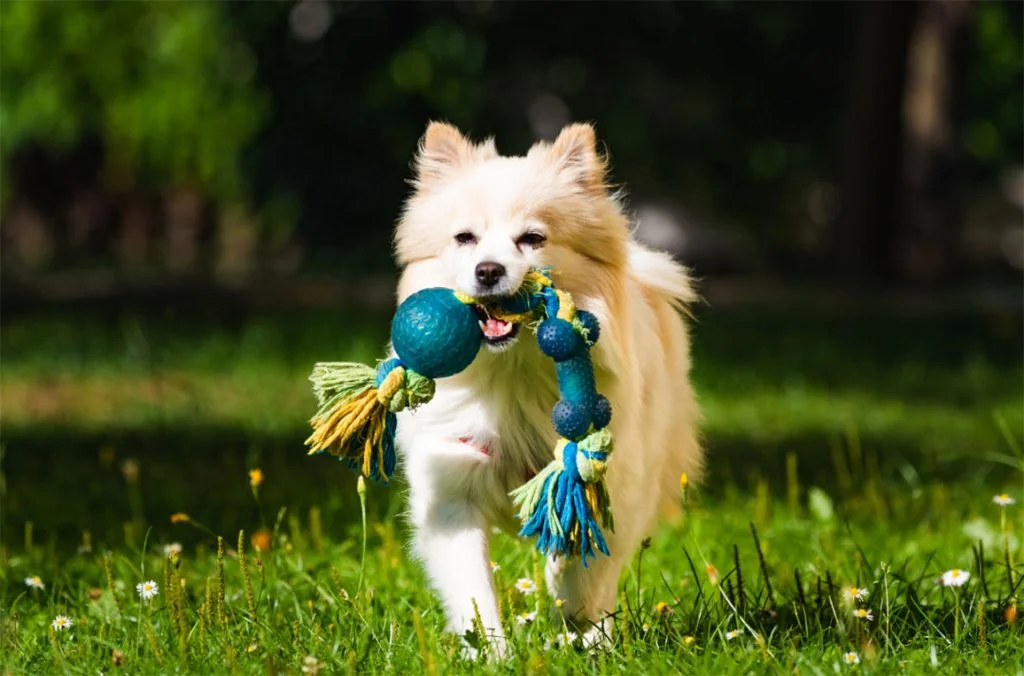As a nation of pet lovers, 53% of Brits now own a pet [1] and while living in harmony with your pet can be easy, an essential aspect to happy living is ensuring they have the space they need around your home.
Our research found that house rabbits are the most space-demanding pets in the UK, requiring 60 square meters on average over the course of their lives.

The top five pets who take up the most space in the home (sq./m):
- Rabbit- 60 square metres
- Tortoises and turtles- 32 square metres
- Cat- 18 square metres
- Dog (Labrador Retriever)- 14 square metres
- Domestic fowl- 12 square metres
Our in-house storage expert at Space Station, Vlatka, has shared eight pet storage hacks to help you maximise your home for you and your pets.
Tip one: Use wall-mounted storage
“If your home is tight on space, opt for wall-mounted storage such as shelves, hooks or even pegboards which can be an affordable storage option. We often forget about using wall space for storage, but it’s a great way to break up areas of the home that can often feel cluttered. Higher level storage is great for keeping leads, collars and pet jackets easily accessible and out of the way.”
Tip two: Invest in a utility cart
“If you’re looking for a storage option that allows you flexibility, then a rolling utility cart may be the perfect option for you. The best part is that you can easily and quickly move it to wherever you need it and as its on wheels, you can do it one handed. These handy carts are perfect for housing treats, accessories and grooming supplies, so that those everyday essentials are all in one place.”
Tip three: Choose furniture with built-in pet storage compartments
“When selecting furniture for your home, consider pieces that offer dual functionality such as stylish ottomans or benches. These are great for concealing your pets’ toys, blankets, grooming essentials and any other bits you may not have room for. This not only helps maintain a tidy living space but also ensures that your pets belongings are easily accessible.”
Tip four: Implement drawer dividers
“Finding a place to store those smaller essentials is a challenge many of us pet owners face. A great solution is to optimise free drawer space by using dividers and trays to group together items. Categorise items such as nail clippers, vitamins and supplements, and grooming tools. These handy draw dividers will help to simplify your pets care routine, while helping to prevent clutter.”
Tip five: Incorporate decorative baskets
“Opt for decorative baskets or bins to house your pet’s toys, towels, and blankets. This not only adds a touch of style to your living space but also ensures easy access and a clutter-free environment. Choose basket designs that complement your decor to seamlessly integrate pet storage into your home.”
Tip six: Designate a cabinet drawer to store your pet’s paperwork
“When it comes to pet-related storage, many people forget about the importance of organising files and paperwork. Make sure to dedicate a drawer for important files and documents. This organised approach reduces the likelihood of misplaced documents and ensures that vet records, vaccination certificates, and other paperwork are easily accessible for any future needs.”
Tip seven: Attach small caddy or organizer to the side of your pet’s cage/crate
“Simplify your routine by adding a small caddy or organiser to the side of your pet’s cage. This practical solution is great for keeping essential items like food, treats, and toys, within arm’s reach, ensuring easy access for both you and your pet. It also helps maintain a tidy space in and around the cage.”
Tip eight: Accurately store pet food
“For dry pet food, store it in a cool, dry place, in a tightly sealed container to preserve its quality and prevent exposure to moisture. Make sure you also keep the original packaging if you plan to dispense it in a new container, so you don’t forget the expiry date and other important information. Wet pet food should be refrigerated once opened, then tightly covered and consumed within the recommended timeframe.”
To make sure both you and your pet have enough space, you could consider short-term storage to keep your home clutter-free. Use our handy storage calculator to work out how big your storage unit needs to be.